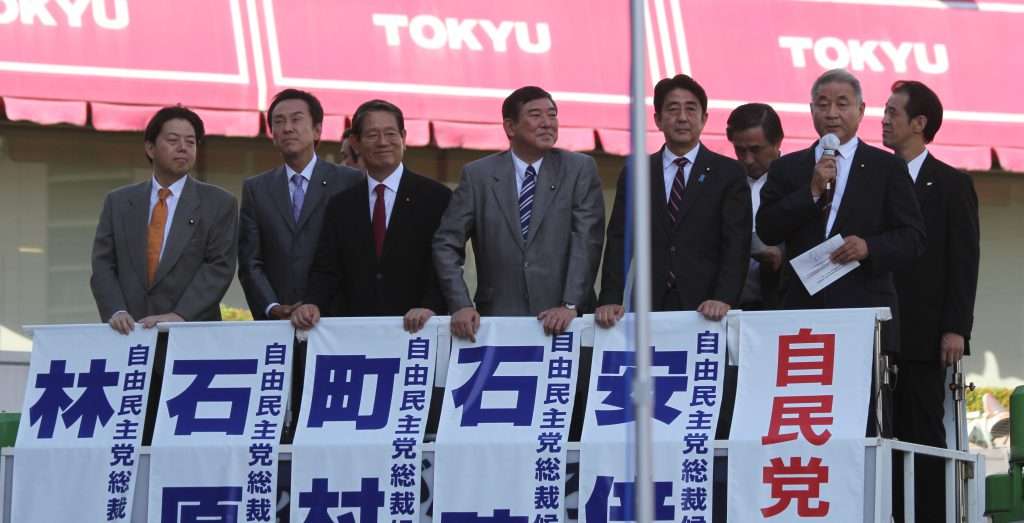Support falters for Japan’s government ahead of vote

Japan’s Liberal Democratic Party, under its Prime Minister Shigeru Ishiba, could face an imminent loss of its majority in the upcoming Upper House election on July 20th.
As reported by the Japan Times, a poll released on July 14th by the public broadcaster NHK revealed that Ishiba’s approval rating is at 31% compared to an earlier June poll of 39%. A Morning Consult poll of world leaders puts the Prime Minister behind both the Spanish Prime Minister, Pedro Sánchez, currently embroiled in a corruption scandal, and Turkey’s Recep Tayyip Erdoğan, who has faced criticism in recent unpopular political crackdowns. Meanwhile, support for his party is at 24% compared to a result of 31.6% in June.
Japan’s governing coalition of the House of Councillors is made up of the conservative Liberal Democratic Party (LDP) and its junior partner Komeito. If it loses its majority, Prime Minister Ishiba would likely be challenged by internal party pressure to resign and begin negotiations with an opposition party to support a two-party minority government.
Voters in Japan, by July 20th, will choose 125 of 248 seats, with about 75 chosen from local districts, and 50 through a national party list combining both direct voting and proportional representation.
The long-reigning right-wing coalition has also lost its majority for the first time since 2009 in the more powerful lower house in the October 2024 general election. In that election, the LDP suffered its second-worst result in its history, whilst the main opposition party, the socially liberal Constitutional Democratic Party, achieved its best result ever.
Polling by Japan’s leading newspapers, Nikkei and the Yomiuri Shimbun, show that the conservative coalition may fall short of the 50 seats needed to maintain a majority, facing bad results particularly in the 32 constituencies with one seat available. These polls received responses from a staggering 51,400 and 140,000 people, respectively.
The small far-right Sanseito party has risen in the polls and is predicted to draw more support from former LDP voters with its “Japanese first” messaging.
Both ruling parties are expected to face a tough contest in both of Japan’s single and multi-member districts, including prefectures such as Hokkaido, Saitama, Aichi and Fukuoka. For proportional representation seats, the Nikkei poll shows that the LDP could win fewer than the 18 seats won last election.
According to an Asahi Shimbun poll, most LDP candidates said a potential agreement could be made with the centre-right parties of the Democratic Party for the People or the Japan Innovation Party. An overwhelming majority of candidates, meanwhile, thought joining forces with the Constitutional Democratic Party, their main opposition, was “unthinkable”. However, no opposition party has expressed formal interest in joining a potentially weakened governing coalition after the election.
Ishiba’s government faces growing political and economic uncertainty, partly from the US’s July 9th threats of 25% tariffs. Japan must sign a trade deal with the US by a new August 1st deadline to avoid much of this uncertainty.
Japan Times, Maghrebi.org
Want to chase the pulse of North Africa?
Subscribe to receive our FREE weekly PDF magazine












